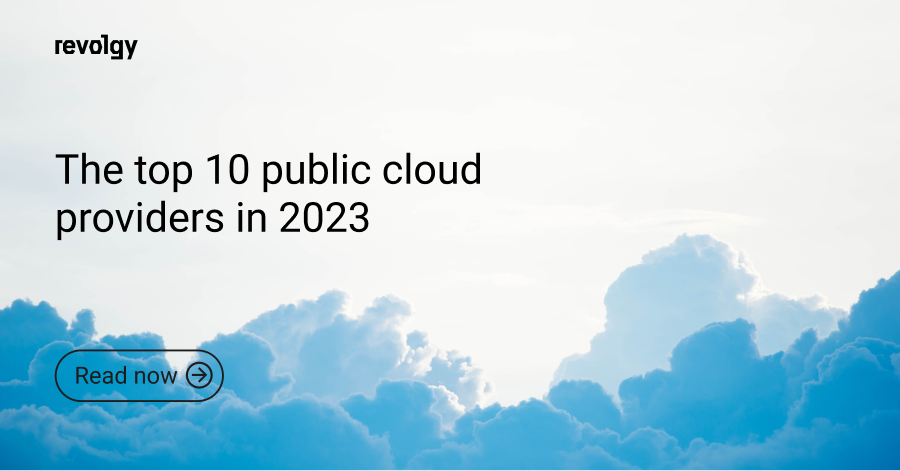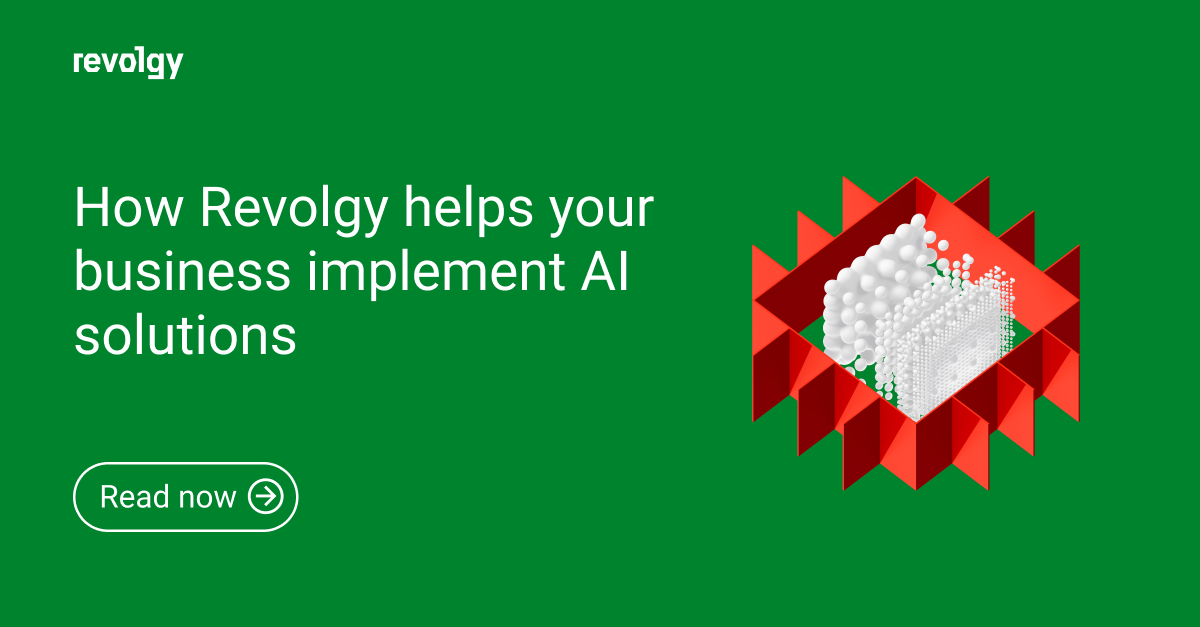GCP, Cloud Platform Services
Planning an effective GCP cloud migration strategy for your business
Migrating to the Google Cloud Platform (GCP) can bring significant benefits to your business, including cost savings, enhanced performance, and access to advanced technologies. However, developing a well-thought-out migration strategy is crucial to make the most of these benefits.
This article will explore key steps for creating an effective GCP cloud migration plan with the help of Revolgy.
Assess your current infrastructure
Before starting your migration journey, assessing your current IT infrastructure is important. This involves evaluating your existing applications, data, and workloads to determine their compatibility with GCP.
You’ll also need to identify potential challenges or dependencies impacting the migration process. This step lays the foundation for a successful migration by clearly understanding your existing environment and the adjustments needed for a smooth transition.
Define your migration goals and objectives
Clearly articulating your migration goals and objectives is essential to guide the process and measure its success. These goals may include cost reduction, performance improvement, increased agility, or enhanced security. By defining your objectives upfront, you’ll have a clear direction for your migration efforts and be better positioned to make strategic decisions throughout the process.
Revolgy will review your existing solution with you to assess your infrastructure, business needs, and identify areas for cost optimization.
Select the right migration strategy
There are various migration strategies you can choose from when moving to GCP, such as:
- Rehosting: Also known as “lift and shift”, this approach involves moving applications and data to GCP with minimal changes. It’s typically the fastest and most straightforward migration method.
- Refactoring: This strategy involves making minor modifications to applications or data to optimize them for GCP, resulting in improved performance and reduced costs.
- Rearchitecting: This approach entails redesigning applications or data structures to take full advantage of GCP’s native features and capabilities.
Selecting the right strategy depends on your specific needs, goals, and resources. It’s essential to weigh the benefits and challenges of each approach to determine the best fit for your organization.
Develop a detailed migration plan
A detailed migration plan is a blueprint for your GCP migration, outlining the steps and resources required to execute the process. This plan should cover aspects such as application and data migration, resource allocation, timeline, and risk management. A well-structured plan ensures a smoother migration process and helps avoid potential pitfalls.
If you are toying with the idea of migrating to the cloud or switching from one cloud solution to a different one, Revolgy will guide you through the process and help you assess and plan the next steps. We’ll gather all the necessary information from you and set up an architecture model tailored to your needs.
Consultation approach
We won’t just send you an anonymous email asking for details about your business — we prefer to see our customers face-to-face to review your cloud strategy and key business drivers and discuss the best technical solution that will fit your needs.
Detailed architecture proposal
After our initial talks, we’ll prepare a detailed Architecture and Build Design document key to provisioning your unique solution.
Monitoring & alerts
Our architectural design includes monitoring and alerting recommendations.
Deployment strategy
We test and verify your technical solution against the architectural design and provide you with detailed documentation. Moreover, we’ll take care of the post-deployment handover, recommendations, and training for your team.
Implement security and compliance measures
Ensuring data security and regulatory compliance is critical when migrating to GCP. This involves implementing encryption, access controls, and monitoring solutions to protect your data both in transit and at rest. Additionally, it’s essential to assess your compliance requirements and adopt relevant GCP services and tools to meet them.
Test and validate your migration
Before fully transitioning to GCP, testing and validating your migration is crucial to ensure your applications and data function correctly. This involves conducting thorough performance, functionality, and security testing to identify and resolve any issues that may arise during the migration process.
Optimize and monitor post-migration
Once your migration is complete, continuous optimization and monitoring are vital to maximizing the benefits of GCP. This includes regular performance tuning, cost optimization, and security assessments. You can make data-driven decisions and continually improve your infrastructure by proactively monitoring and optimizing your GCP environment.
Revolgy handles incident management, such as monitoring and alerting service, operations management, and FinOps to oversee your cloud expenditure. Moreover, we keep up to date with official certifications and ensure our technical and management staff has relevant certifications in their respective expertise.
Contact us for a complex and all-around cloud solution for your business.
FAQs
Q1: What is the first step when planning a migration to Google Cloud Platform (GCP)?
The first step is to assess your current IT infrastructure. This involves evaluating your existing applications, data, and workloads to determine their compatibility with GCP and to identify any potential challenges or dependencies.
Q2: Why is it important to define goals before starting a migration?
Clearly defining your migration goals — such as cost reduction, performance improvement, or enhanced security — is essential to guide the process and measure its success. These objectives provide a clear direction and help in making strategic decisions throughout the migration.
Q3: What are the main migration strategies for moving to GCP?
There are three primary migration strategies you can choose from:
- Rehosting (Lift and Shift): Moving applications and data to GCP with minimal changes. This is typically the fastest method.
- Refactoring: Making minor modifications to applications or data to optimize them for GCP, which can improve performance and reduce costs.
- Rearchitecting: Redesigning applications or data structures to take full advantage of GCP’s native features.
Q4: What should a detailed migration plan include?
A detailed migration plan acts as a blueprint and should cover key aspects like application and data migration steps, resource allocation, a specific timeline, and a risk management strategy.
Q5: How does Revolgy assist with the GCP migration process?
Revolgy guides you through the entire process. They start by assessing your existing infrastructure, business needs, and areas for cost optimization. Afterward, they gather the necessary information to design and set up an architecture model that is tailored to your specific needs.
Q6: What is Revolgy’s approach to consultation?
Revolgy prefers face-to-face meetings to review your cloud strategy and key business drivers. This allows for a discussion to find the best technical solution for your needs. Following these initial talks, a detailed Architecture and Build Design document is prepared.
Q7: What security and compliance measures are critical during a migration?
Implement encryption, access controls, and monitoring solutions to protect your data both in transit and at rest. You must also assess your specific compliance requirements and use the relevant GCP services and tools to meet them.
Q8: What happens after the migration to GCP is complete?
After the migration, continuous optimization and monitoring are vital to maximize the benefits of GCP. This includes regular performance tuning, cost optimization, and security assessments to make data-driven decisions and continually improve your environment.
Q9: What services does Revolgy provide after the migration is finished?
Post-migration, Revolgy handles incident management, which includes monitoring and alerting services, operations management, and FinOps to oversee your cloud expenditure. They also manage the post-deployment handover and provide recommendations and training for your team.


